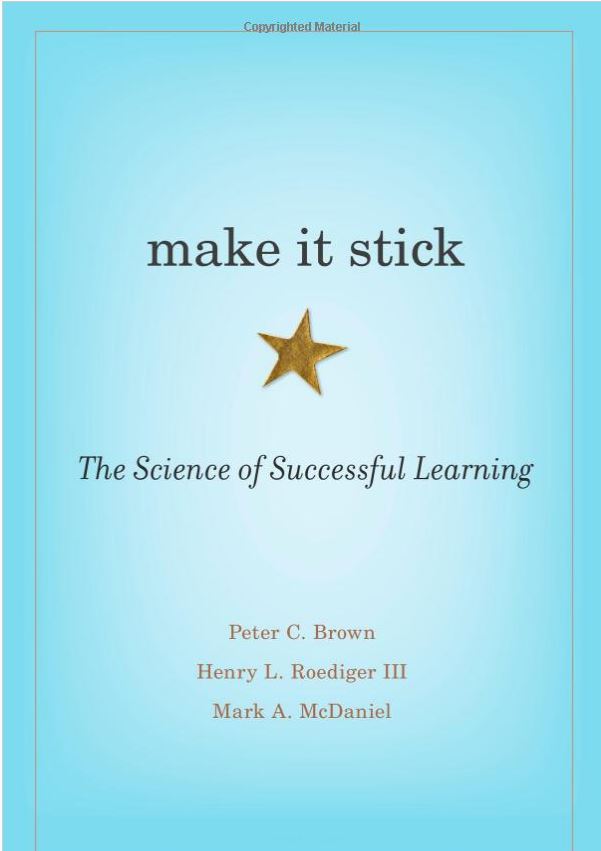Digital manipulation as a teaching aid
Photoshop is a powerful image editing program. Its “cloning” tool allows the removal of “distracting” data from geological imagery. Examine these four examples and consider the ethical limits of the technique. Is it okay to remove fractures and lichens from an outcrop photo in order to allow novices to focus on the geological content you want them to learn from?


